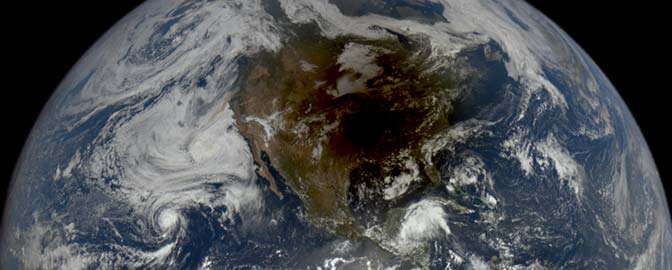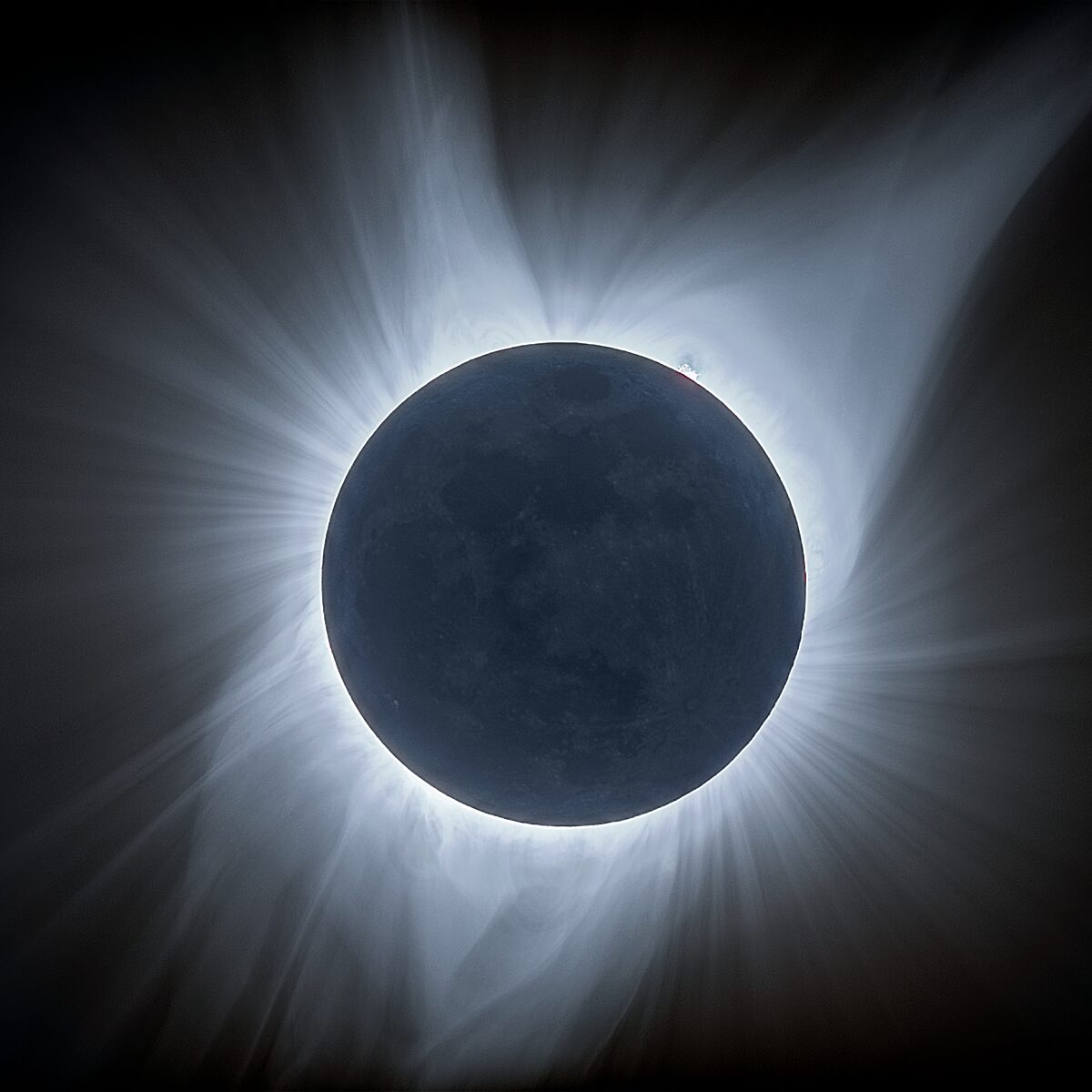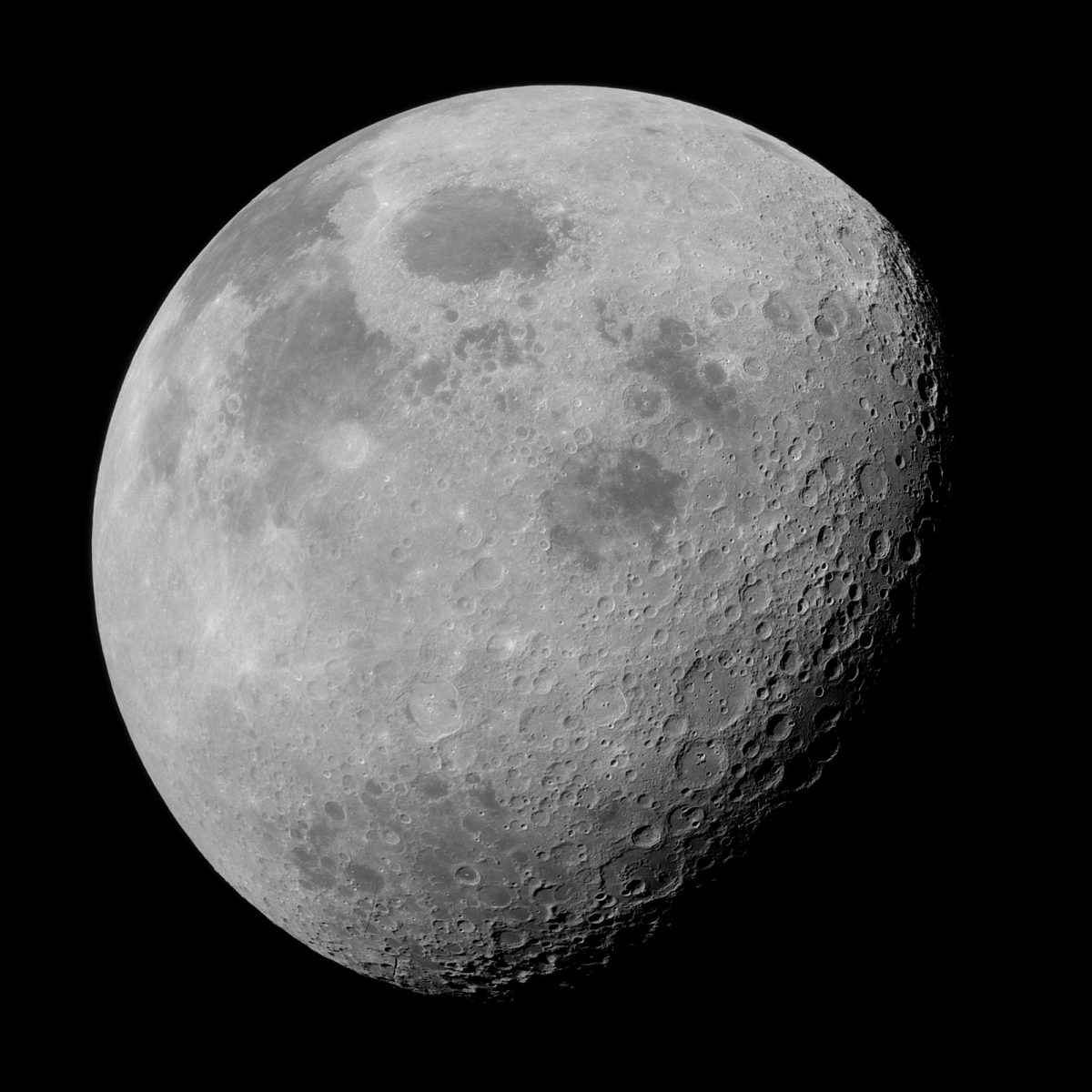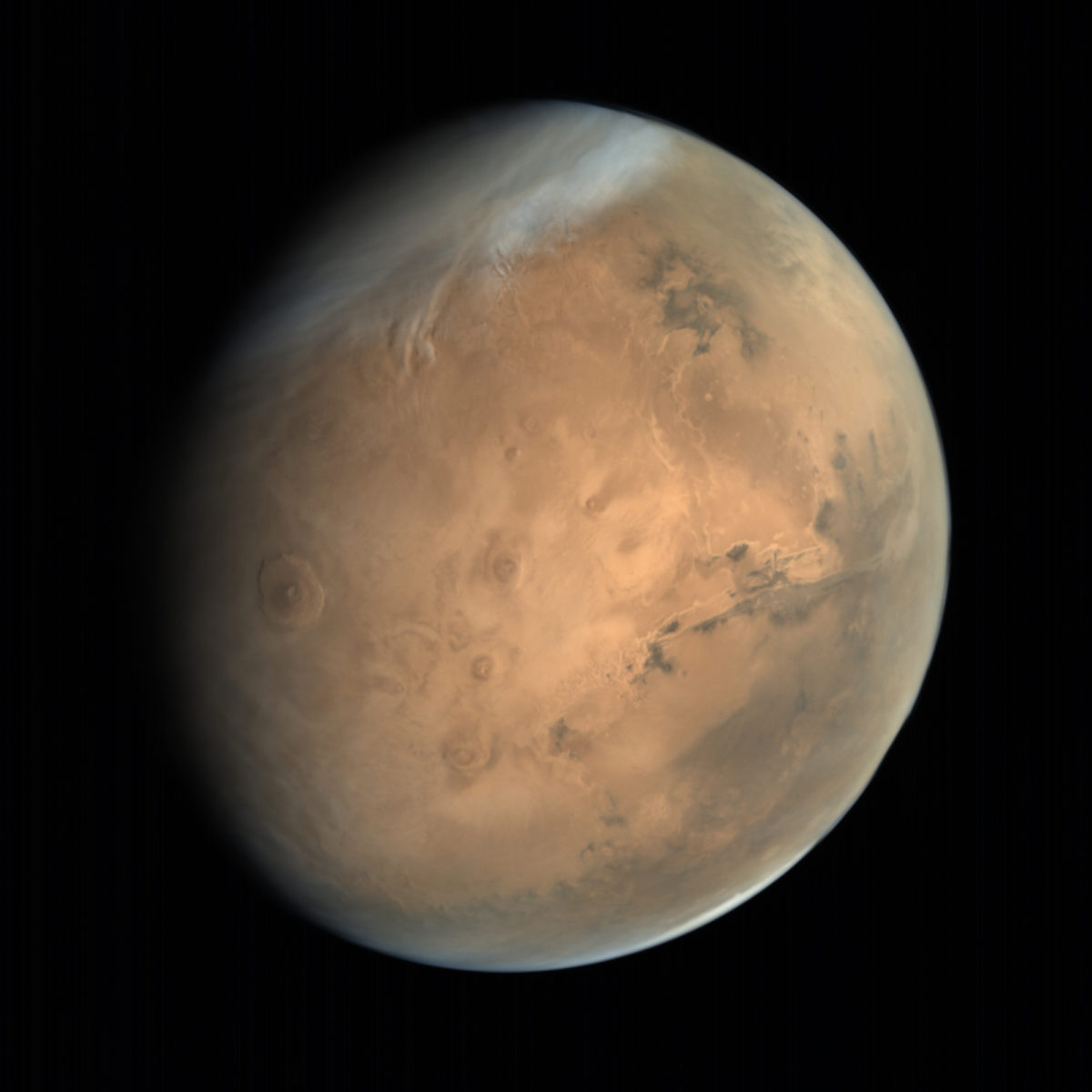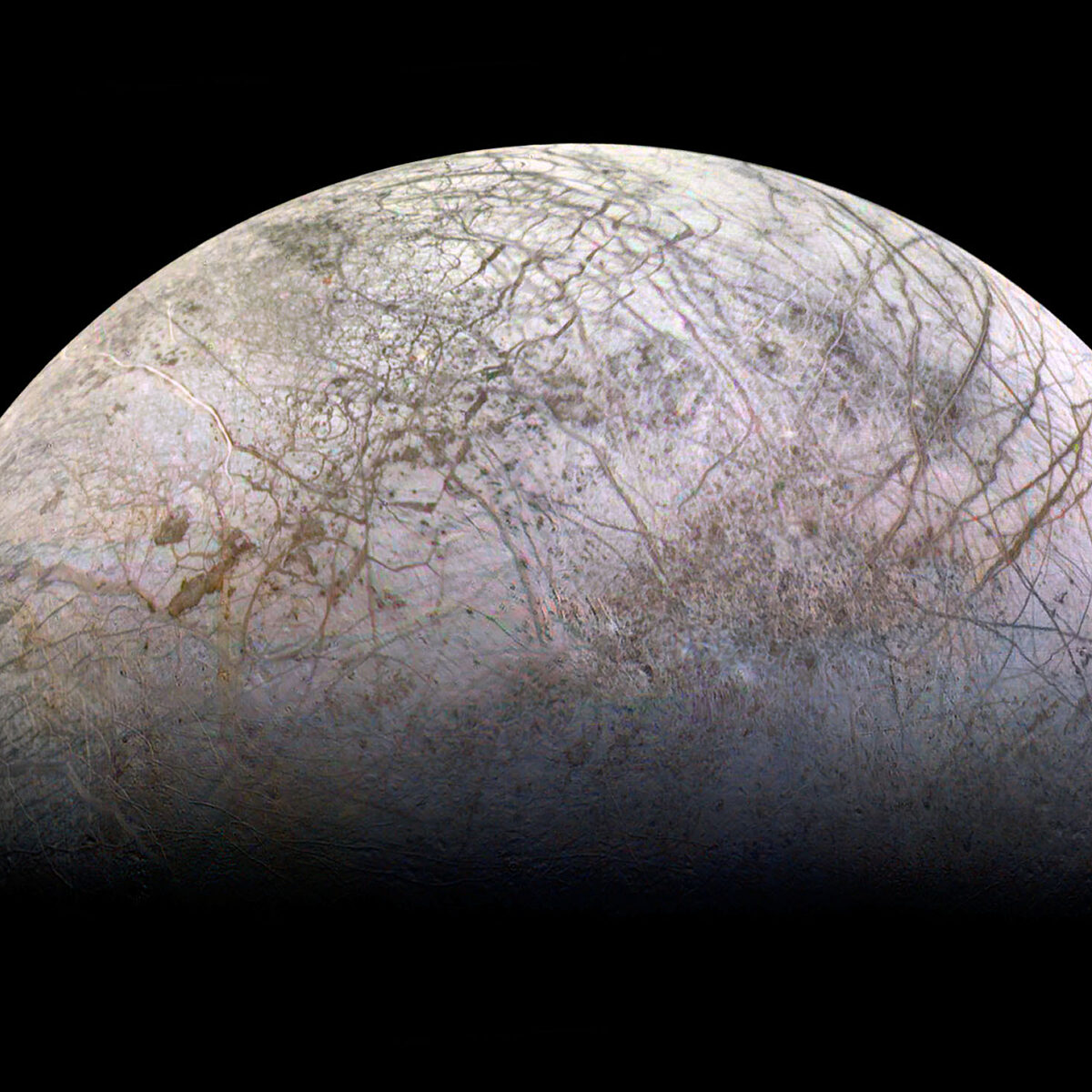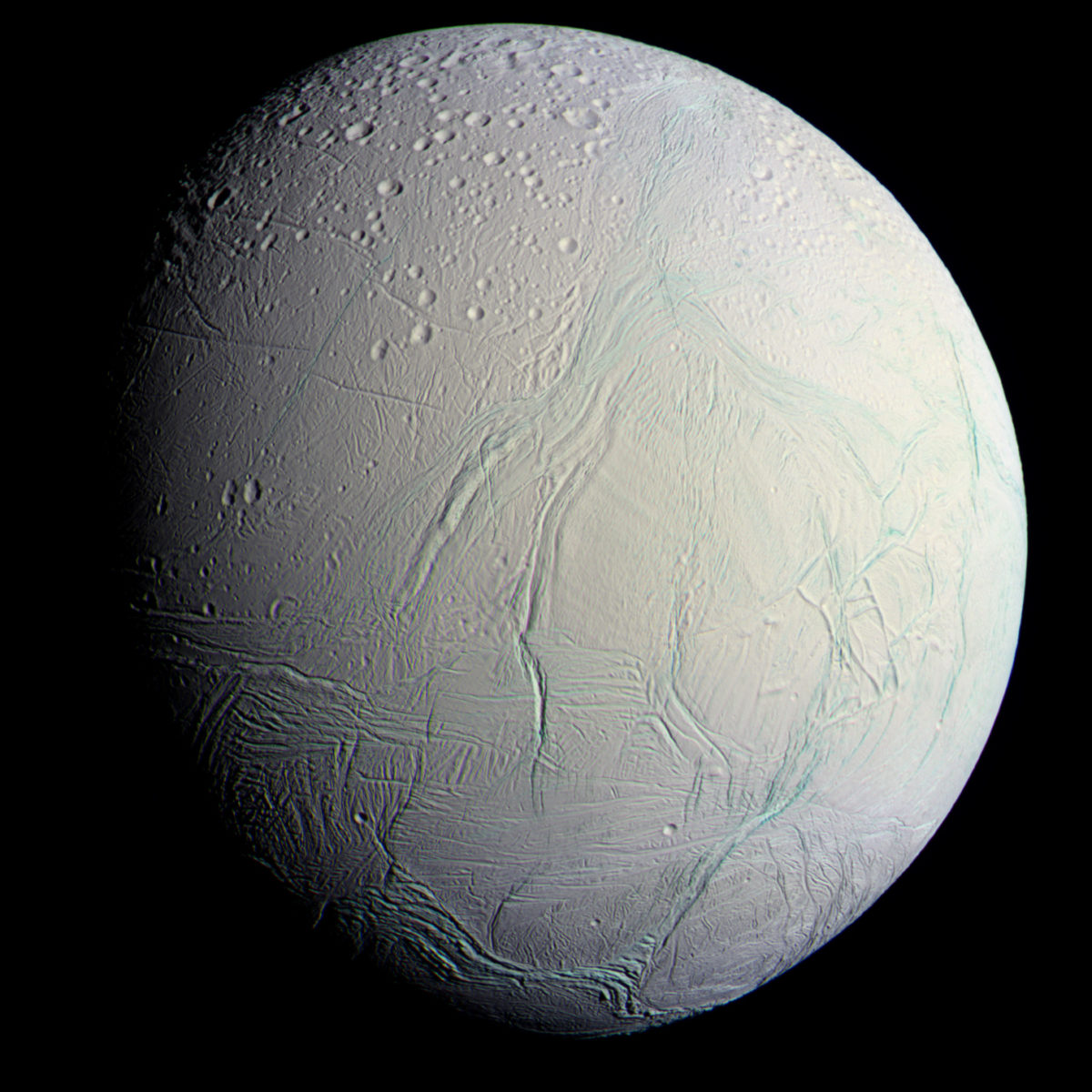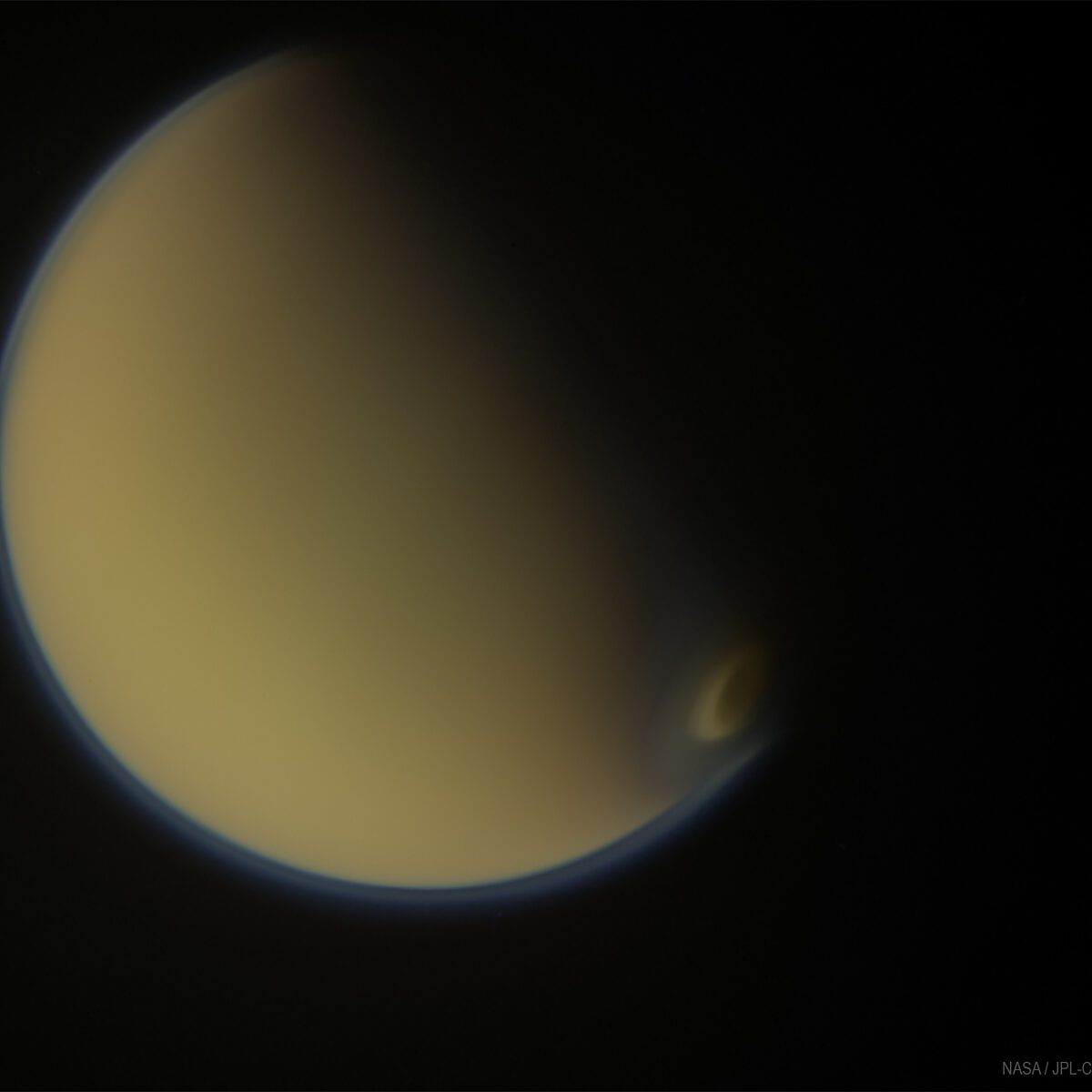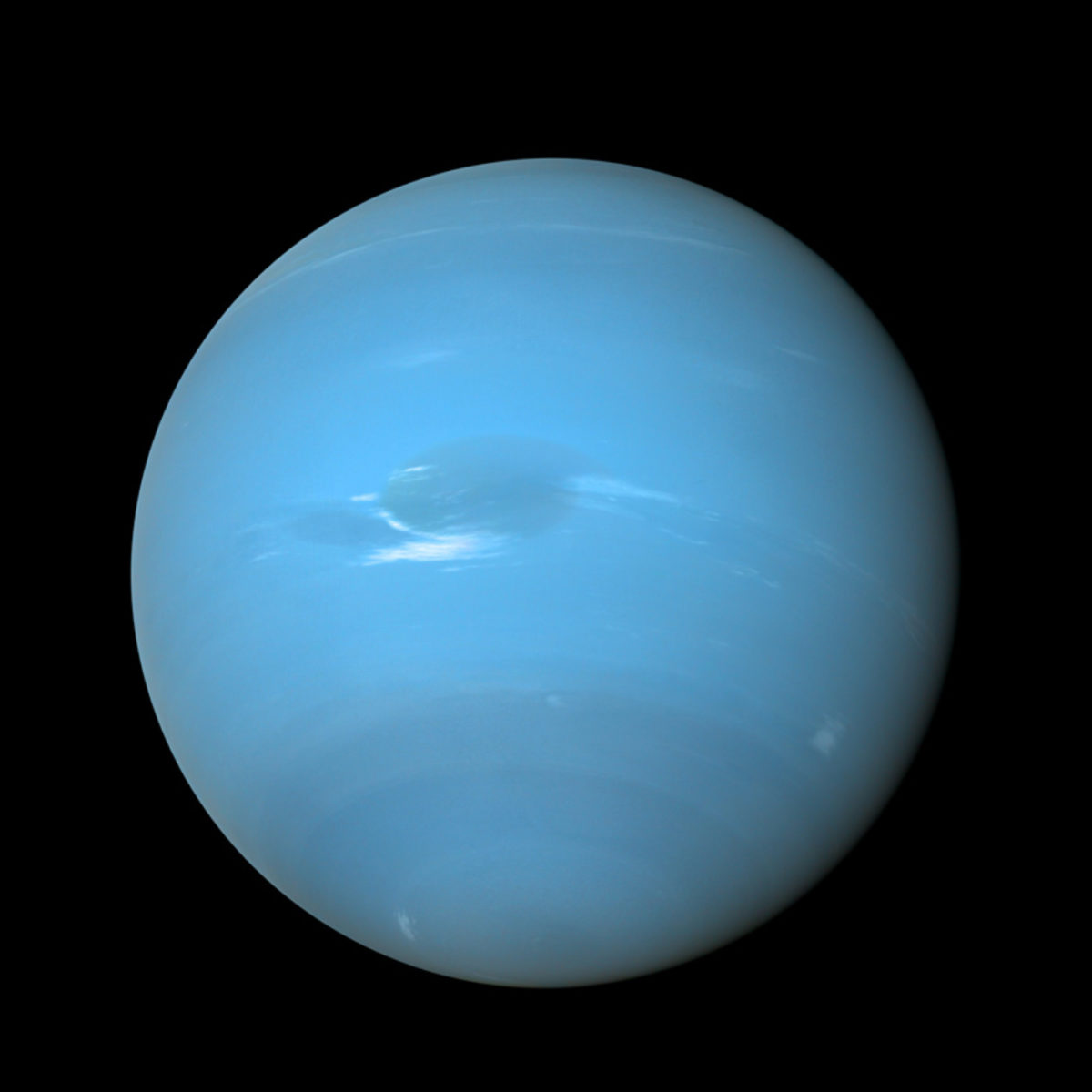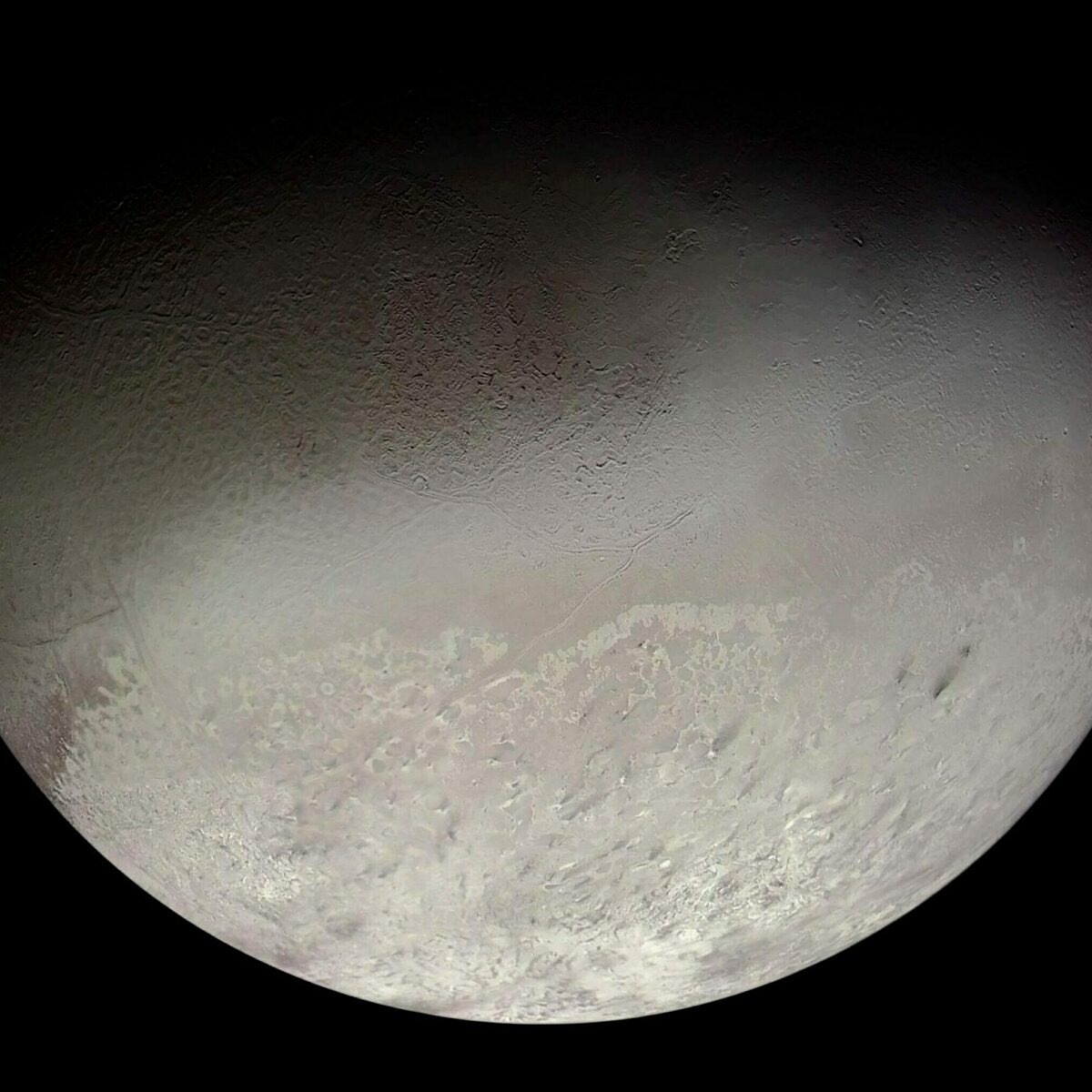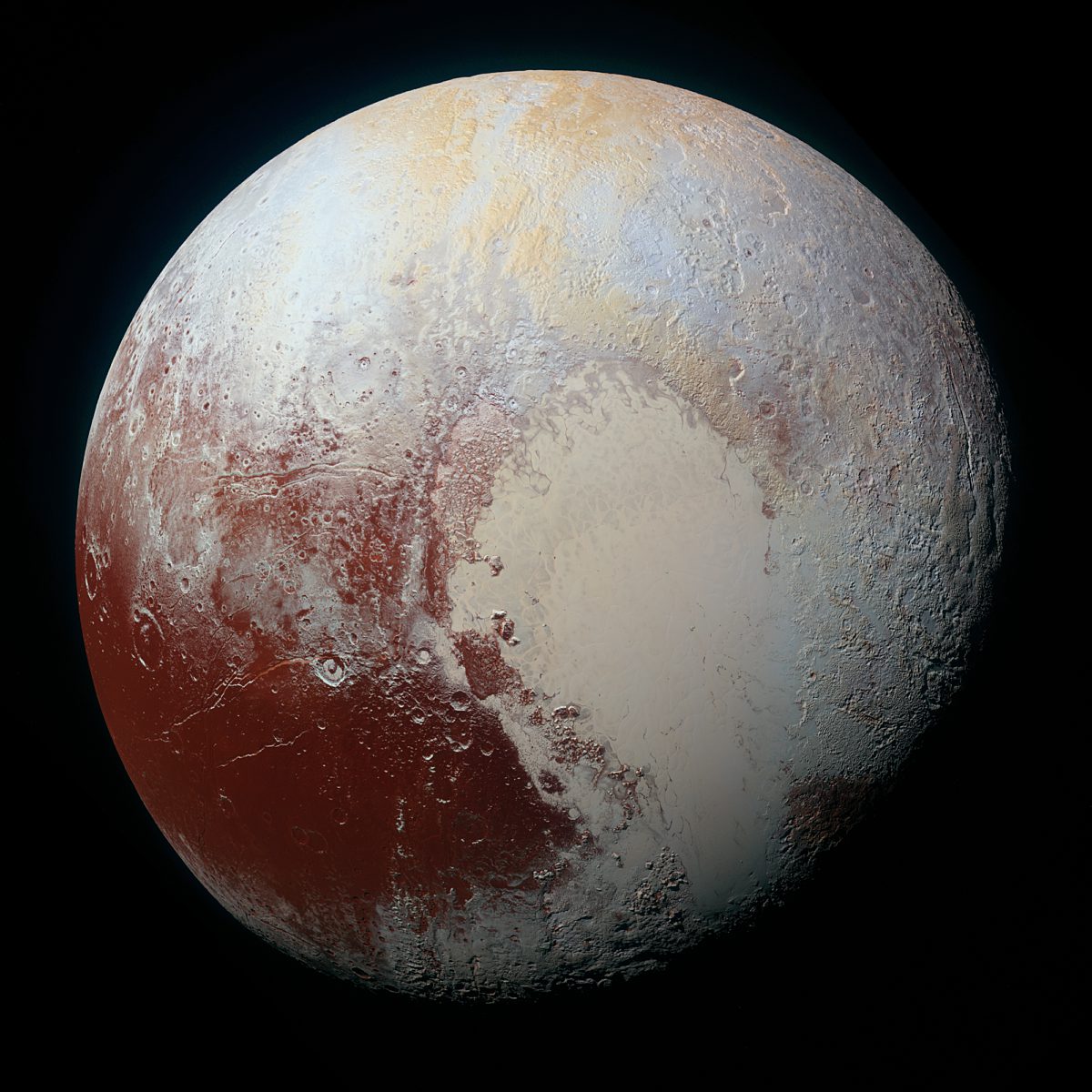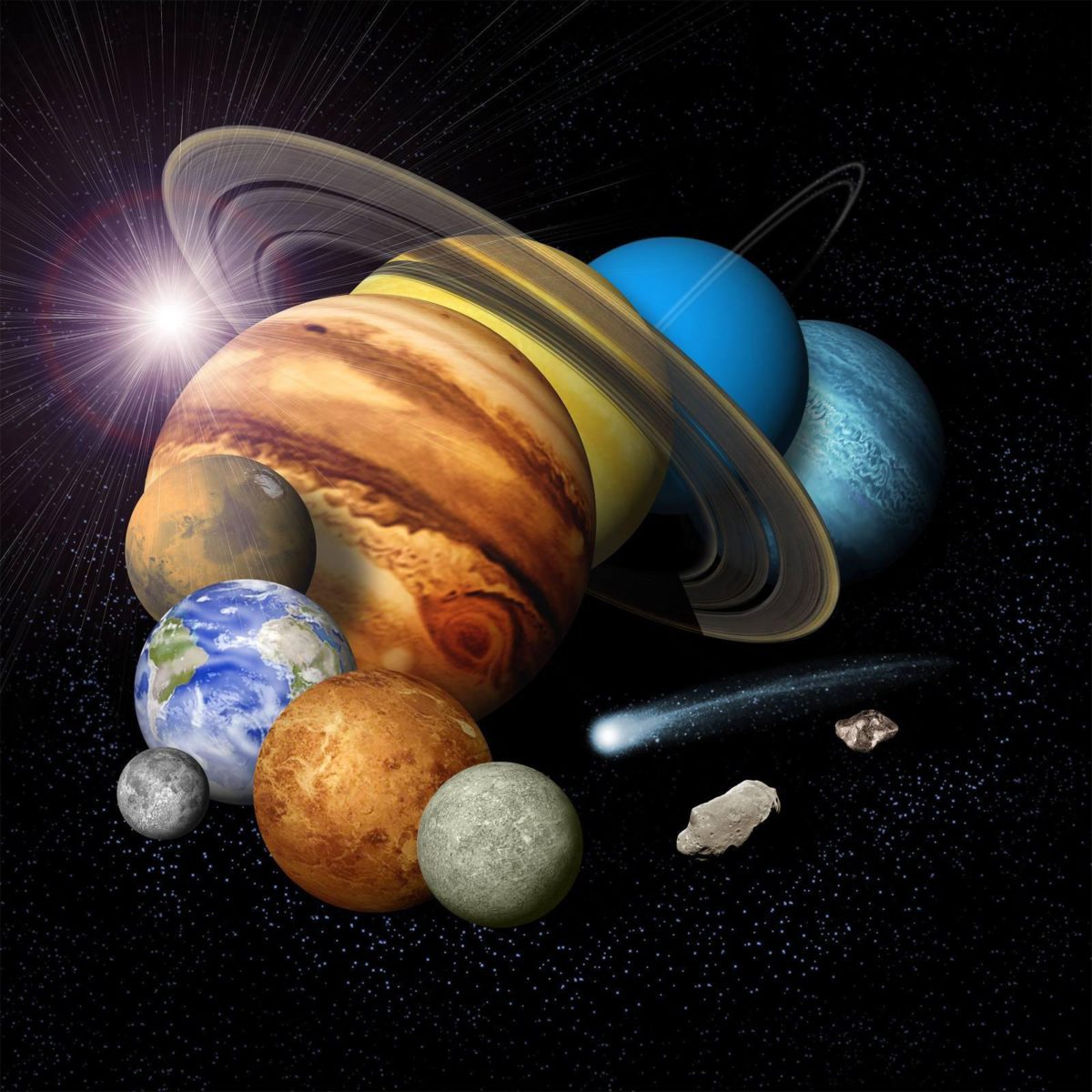Where did we come from? Are we alone in the Universe? We can only answer these questions by exploring the planets and other worlds of our Solar System and beyond. Learn why these worlds are so important, and how you can get involved.
The Sun, our Solar System’s star
We study the Sun to learn about how stars work, and to help protect our civilization from solar storms.
Mercury, world of extremes
Mercury can teach us how planets form and what the early solar system was like when life arose on Earth.
Venus, Earth's twin sister
Venus may have had oceans and been habitable to life before being transformed into an inhospitable wasteland.
Earth, our home planet
Earth, the only planet known to support life, offers liquid water, an oxygen-rich atmosphere, and protection from the Sun’s harmful radiation.
The Moon, preserving Earth's origin story
The Moon is the only world besides Earth ever visited by humans. By studying it, scientists can piece together Earth’s origin story.
Mars, the red planet
Mars once had liquid water on the surface and could have supported life. We don't know how it changed to the cold, dry desert-world it is today.
Asteroids, comets, and other small worlds
These leftover planet-building materials are time capsules that give us a peek into our origins.
Jupiter, the planet with a planetary system of its own
Jupiter, our largest planet, teaches us how planetary systems evolve. Its four planet-like moons make it a planetary system of its own.
Io, Jupiter’s chaotic volcano moon
Io, one of Jupiter's four Galilean moons, is known for its explosivity.
Europa, Jupiter’s possible watery moon
Europa is the sixth-largest moon in the solar system and Jupiter’s fourth-largest satellite.
Saturn, planet of rings, moons and more to explore
Saturn is the crown jewel of our solar system. It has a stunning set of rings, diverse moons, and so much more to explore.
Enceladus, Saturn’s moon with a hidden ocean
With its subsurface ocean and so-called "tiger stripes," Enceladus is one of Saturn's most fascinating moons.
Titan, a moon with familiar vistas
Saturn's largest moon, Titan, is both the only other place in the Solar System with liquid on its surface and the only moon with a thick atmosphere, making it a tantalizing destination to search for life.
Uranus, the sideways planet
Uranus may be the butt of all planet jokes, but there's much more to this world than potty humor.
Neptune, planet of wind and ice
Neptune, our outermost planet, is a windy blue world with exotic ice, raging storms, rings, and a moon that could have a subsurface ocean.
Triton, Neptune's largest moon
Triton is likely a captured Kuiper Belt Object and possibly an ocean world.
Pluto, the Kuiper Belt’s most famous dwarf planet
Pluto is a dwarf planet and the largest of the Kuiper Belt objects (KBOs) — a collection of ice-rock bodies found outside Neptune’s orbit.
Exoplanets, worlds orbiting other stars
We know of more than 5,000 planets orbiting other stars. Does one of them host life as we know it?
A Pale Blue Dot
Look again at that dot. That's here. That's home. That's us.
What is a Planet?
It's right there in our name: The Planetary Society. But what is a planet? This seemingly simple question is the subject of much debate.
Learn MoreLatest Articles
LPSC: Thursday: The Moons of Jupiter and the future of Outer Planet Exploration
I said earlier I was going to cover the poster sessions next, and there are some cool things that I want to write about, but I thought I'd better get to something a bit more topical a bit sooner: Europa and the other Galilean satellites, and when (if!?) we'll be exploring them again.
LPSC, Wednesday morning: Titan
This morning at the Lunar and Planetary Science Conference began with Titan, and then later in the morning I had to choose between skipping Titan and going over to rover sessions, or staying with Titan. I elected to stay with Titan.
The hubbub about Enceladus
I just posted a very brief story about all of the press releases that have been whizzing around today about the possibility of liquid water on Enceladus.
Cassini is wrapping up another Titan flyby
This one is


 Explore Worlds
Explore Worlds Find Life
Find Life Defend Earth
Defend Earth